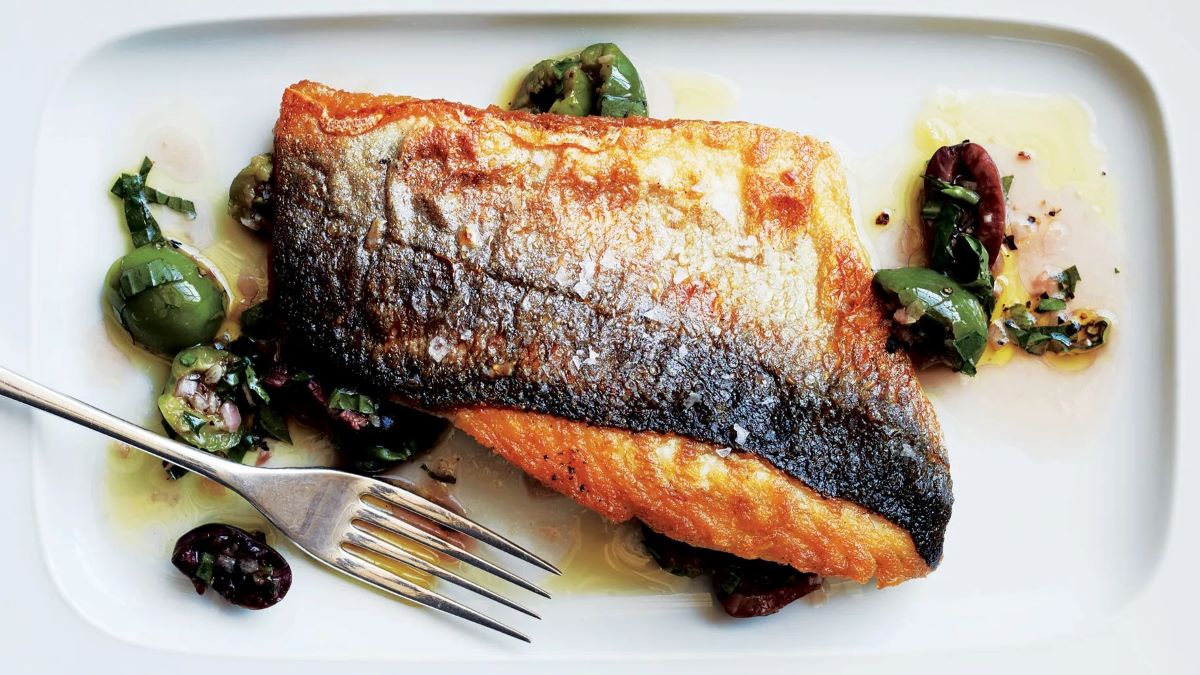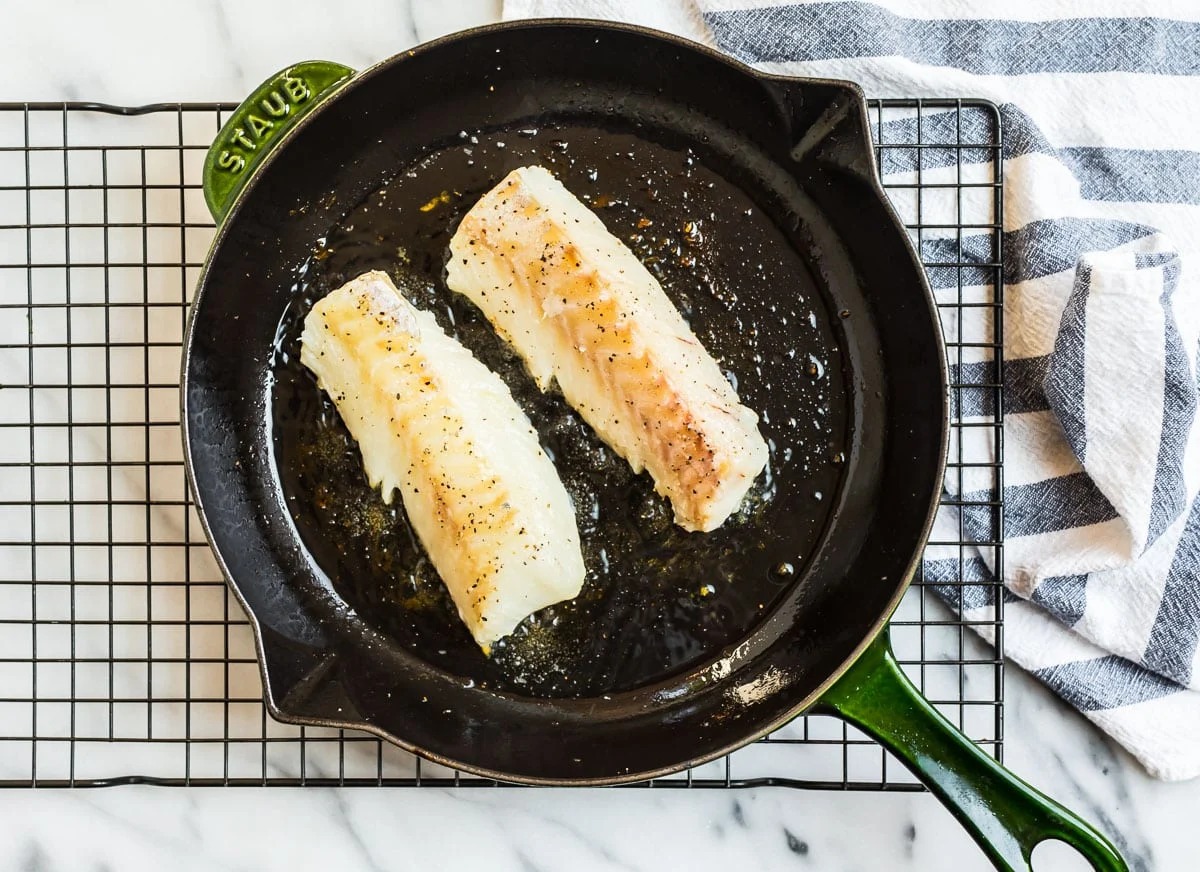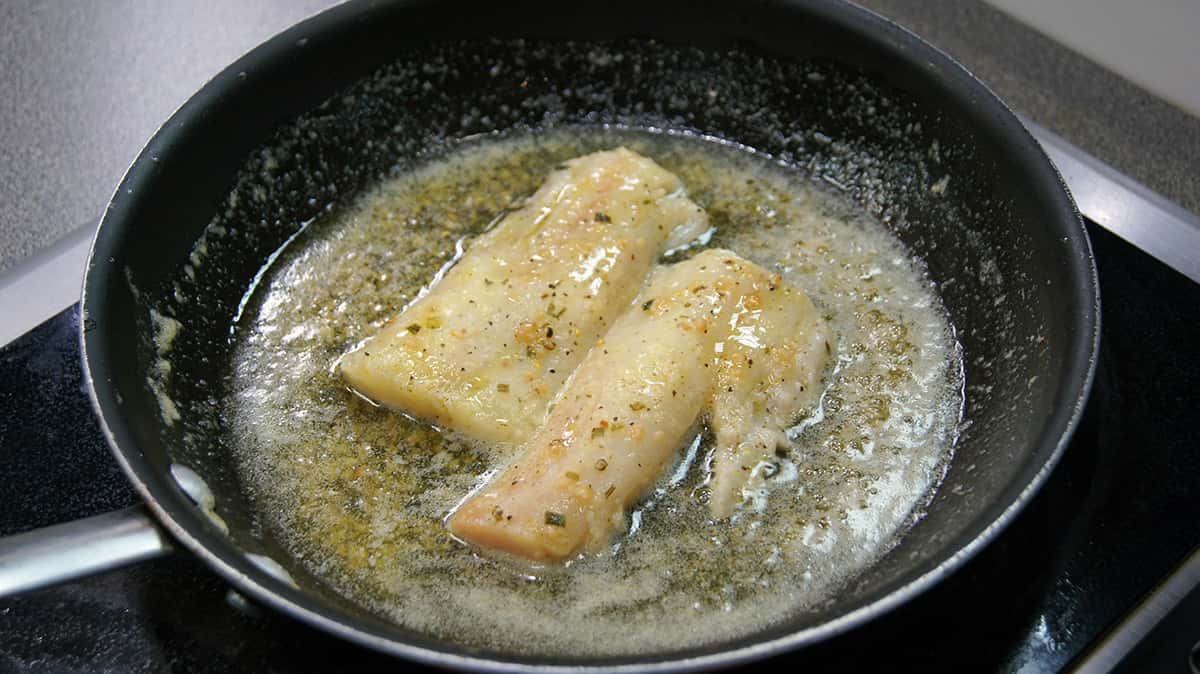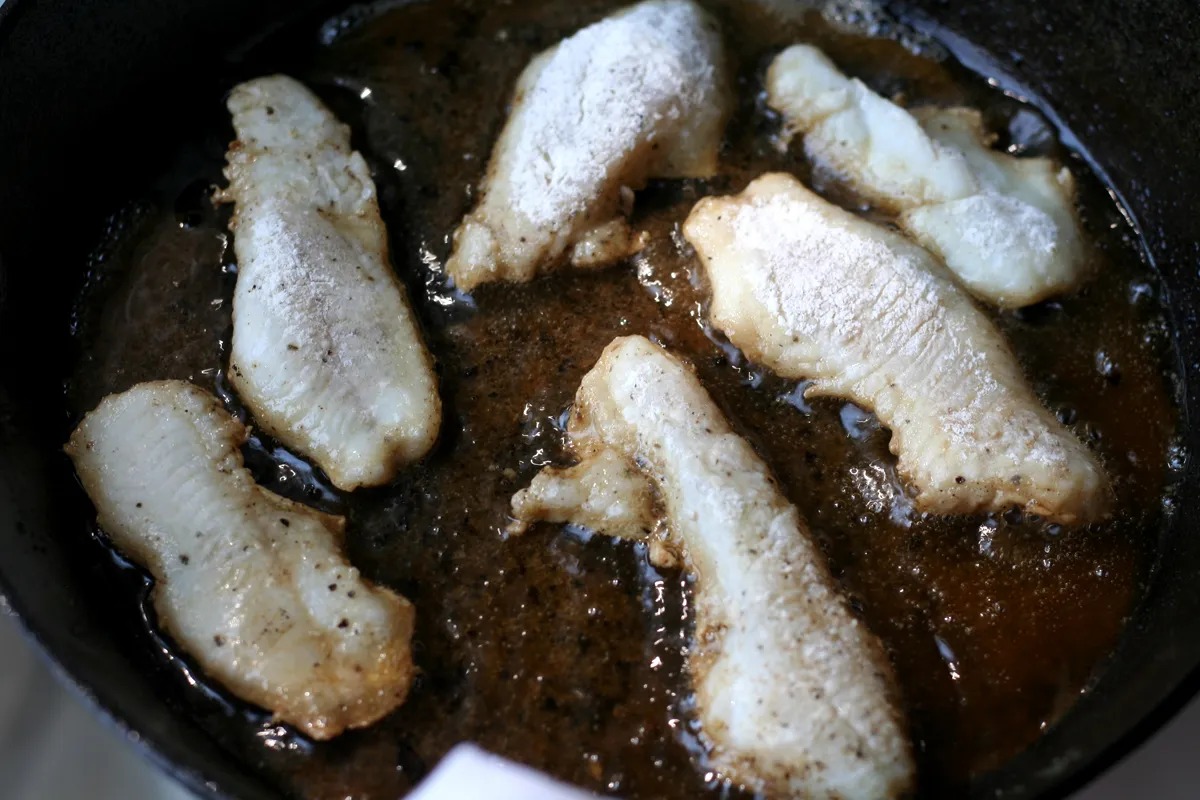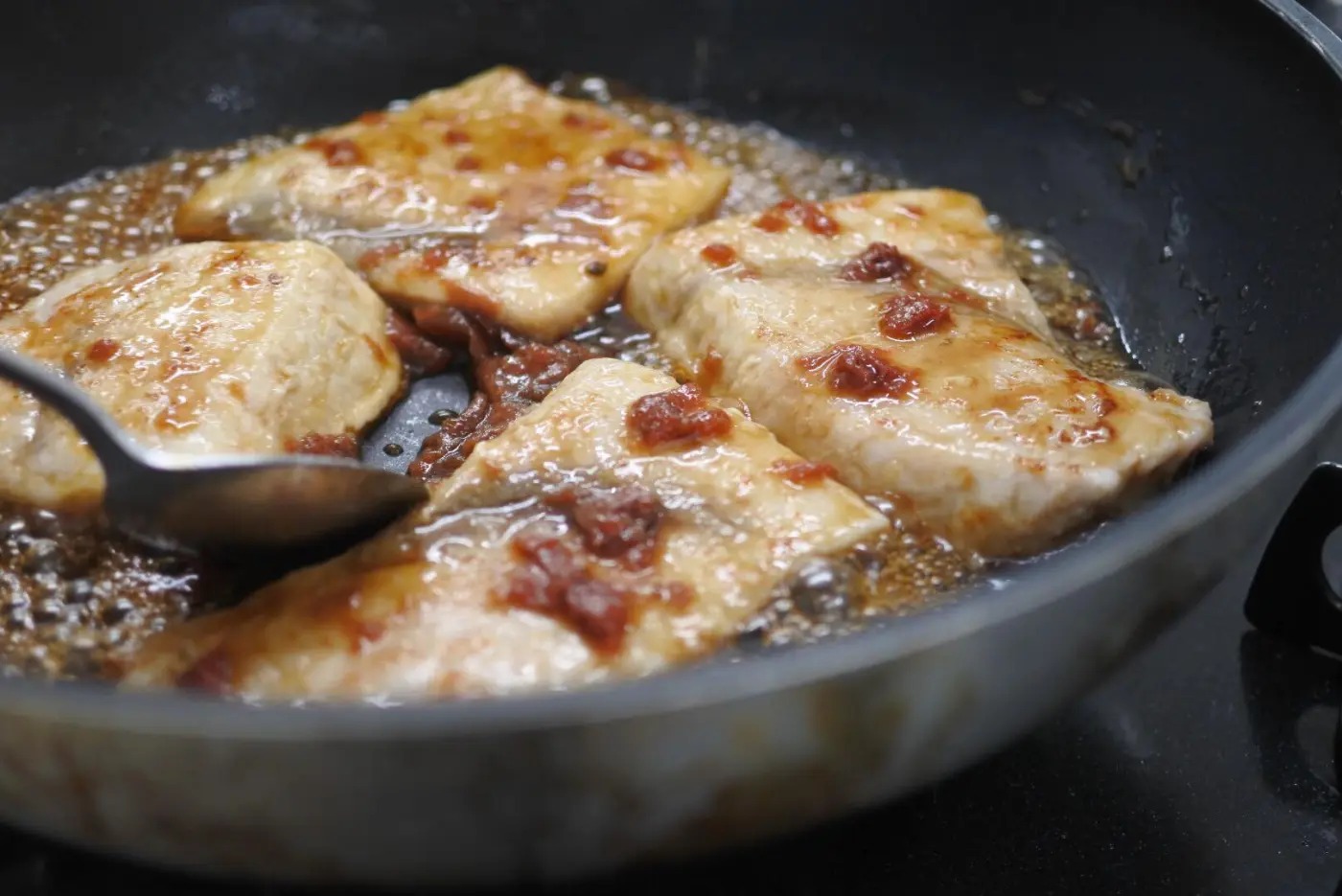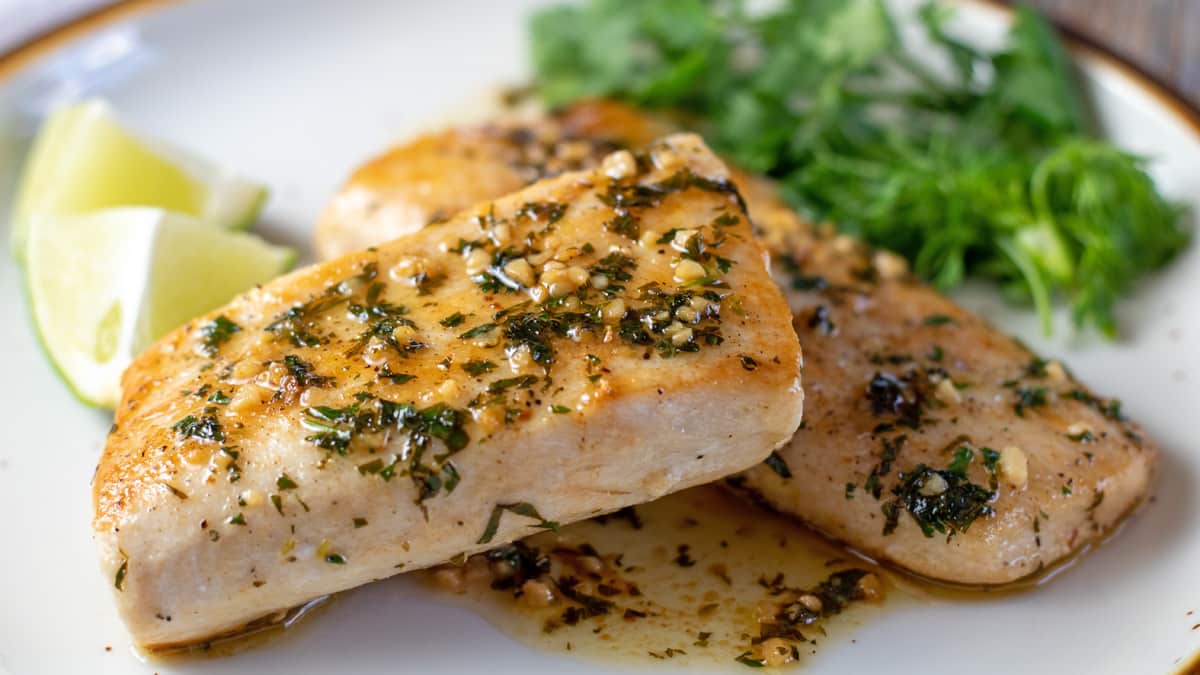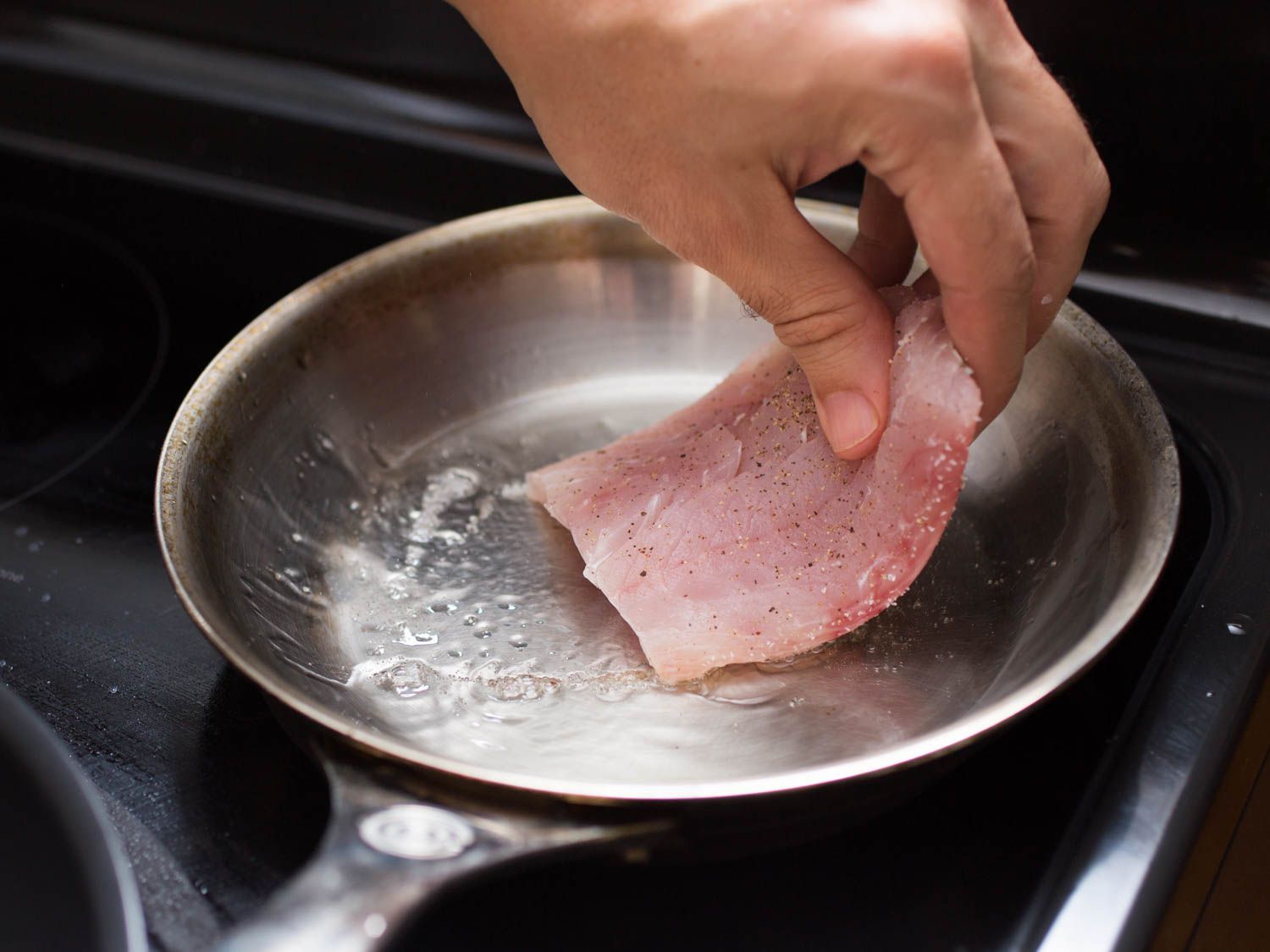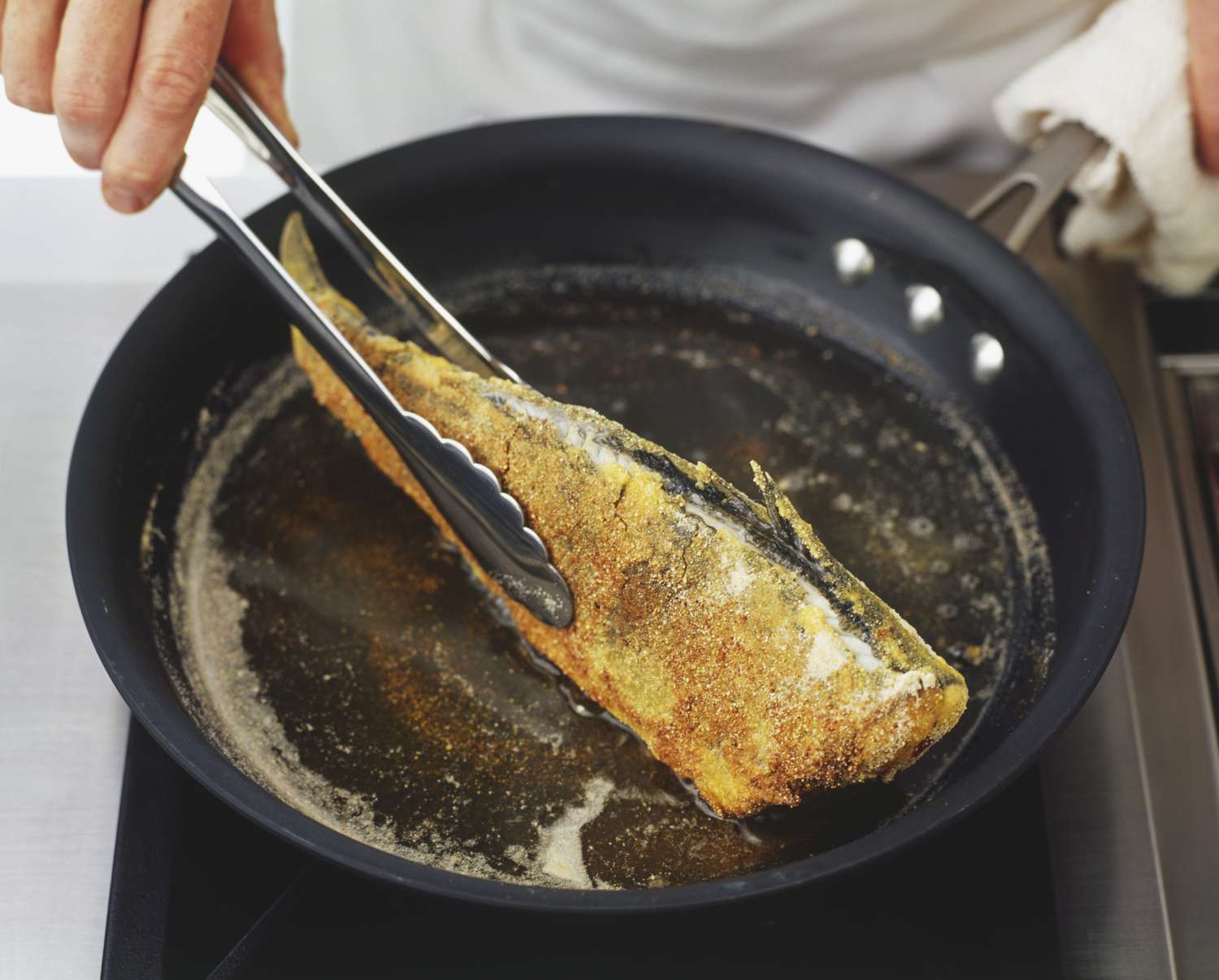Pan-frying duck breast might seem intimidating, but with a few simple steps, anyone can turn this elegant dish into a weeknight dinner. Duck, known for its rich flavor and succulent meat, requires a bit of technique to achieve that perfect crispy skin and tender, juicy interior. Whether you're a seasoned chef or just starting out in the kitchen, mastering the art of pan-frying duck breast will elevate your cooking game. This guide will walk you through everything you need to know, from selecting the right cut to achieving the ideal sear. Let's get started on this culinary adventure.
Gather Your Ingredients
- Duck breasts, skin on
- Salt
- Freshly ground black pepper
- Olive oil (optional)
Essential Tools for Perfect Duck Breast
- Sharp knife
- Paper towels
- Skillet (preferably cast iron)
- Tongs
- Ovenproof dish (optional, for finishing in the oven)
- Meat thermometer
For perfectly pan-fried duck breast, score skin in a crisscross pattern. Start cooking skin side down on low heat to render fat gradually, then finish on high for a crispy exterior.
The Art of Pan-Frying Duck Breast
Pan frying duck breast is a culinary technique that elevates simple ingredients to gourmet levels. This method unlocks the meat's rich flavors and achieves a crispy skin, offering a delightful contrast in textures. Mastering this skill not only enhances your cooking repertoire but also impresses guests with sophisticated dishes.
Understanding the nuances of pan frying duck breast, such as scoring the skin and managing heat, ensures perfectly cooked meat every time. It's about more than just cooking; it's an art form that celebrates the beauty of well-prepared food, making every meal an occasion to remember.
Mastering the Pan-Fry Technique
- Score duck breast skin in a diamond pattern, ensuring not to cut into the meat. This helps render fat and achieve crispy skin.
- Season both sides of the duck breast with salt and pepper.
- Preheat a cold pan on medium heat. Place duck breasts skin side down before the pan gets hot.
- Cook for 6-8 minutes on the skin side, watching as the fat renders and the skin becomes golden brown and crispy.
- Drain excess fat from the pan periodically to keep the skin crisping up efficiently.
- Flip the duck breasts over once the skin is crispy.
- Cook on the flesh side for 4 minutes for medium-rare. Adjust timing for preferred doneness.
- Rest the duck breast for 5-10 minutes after cooking. This redistributes juices and ensures a moist, tender texture.
- Slice and serve immediately after resting.
Mastering the Art of Duck Breast
Pan-frying duck breast might seem like a gourmet challenge, but with these steps, it's within reach for any home cook. Remember, scoring the skin, seasoning well, and keeping an eye on the cooking time are key to achieving that perfect balance of crispy skin and tender, juicy meat. Letting the duck rest before slicing ensures all those delicious juices stay locked in, making every bite worth the effort. Whether you're looking to impress guests or simply treat yourself to a luxurious meal, mastering the art of pan-fried duck breast adds a show-stopping option to your culinary repertoire. So, grab your skillet and let the magic happen. With a bit of practice, you'll be dishing out restaurant-quality duck in no time.
All Your Questions Answered
How long does it take to pan-fry duck breast?
Cooking duck breast perfectly might seem tricky, but with a bit of know-how, you'll nail it. Generally, it takes about 8 to 10 minutes to pan-fry duck breast. You'll want to start skin-side down over medium heat to render the fat and get that skin crispy, then flip it to finish cooking. Remember, letting it rest before slicing is key to keeping all those delicious juices locked in.
What's the best way to get crispy skin on duck breast?
Ah, the secret to crispy skin! Score the skin in a crosshatch pattern before you start cooking. This not only looks great but helps render the fat more effectively. Cook skin-side down for most of the cooking time at a lower heat to crisp up that skin without burning it. Patience is your friend here; don't rush the process.
Can I cook duck breast from frozen?
Ideally, you'd thaw your duck breast in the fridge overnight before cooking. Cooking from frozen can lead to uneven cooking, with the outside being overdone by the time the inside is cooked. If you're in a pinch, use cold water to thaw it faster, but never go straight from freezer to pan.
What should I serve with pan-fried duck breast?
Pan-fried duck breast pairs wonderfully with a variety of sides. For a classic touch, try it with a cherry or orange sauce to add a sweet and tangy contrast to the rich duck. On the side, roasted vegetables or a simple green salad work beautifully. For a starch, consider creamy mashed potatoes or a wild rice blend.
How do I know when the duck breast is cooked perfectly?
Duck breast is best enjoyed medium-rare to medium. To check, use a meat thermometer; you're aiming for an internal temperature of 135°F (57°C) for medium-rare. If you prefer it a bit more done, aim for 140°F (60°C). Remember, the duck will continue to cook a bit as it rests, so pull it off the heat a few degrees before your target temp.
Is it necessary to rest duck breast after cooking?
Absolutely! Resting duck breast is crucial for a couple of reasons. First, it allows the juices to redistribute throughout the meat, ensuring every bite is succulent. Give it at least 5 to 10 minutes under a foil tent. This pause not only improves texture but also makes slicing easier, preserving all that flavor you've worked hard to develop.
Can I reuse the duck fat left in the pan?
You bet! Duck fat is culinary gold, perfect for roasting potatoes or sautéing vegetables. It adds a rich, savory flavor that elevates simple dishes. Strain it and store it in the fridge. Just a spoonful can transform your cooking, offering a hint of luxury to everyday meals.
Was this page helpful?
Read Next: How To Pan Fry Cod For Fish Tacos

